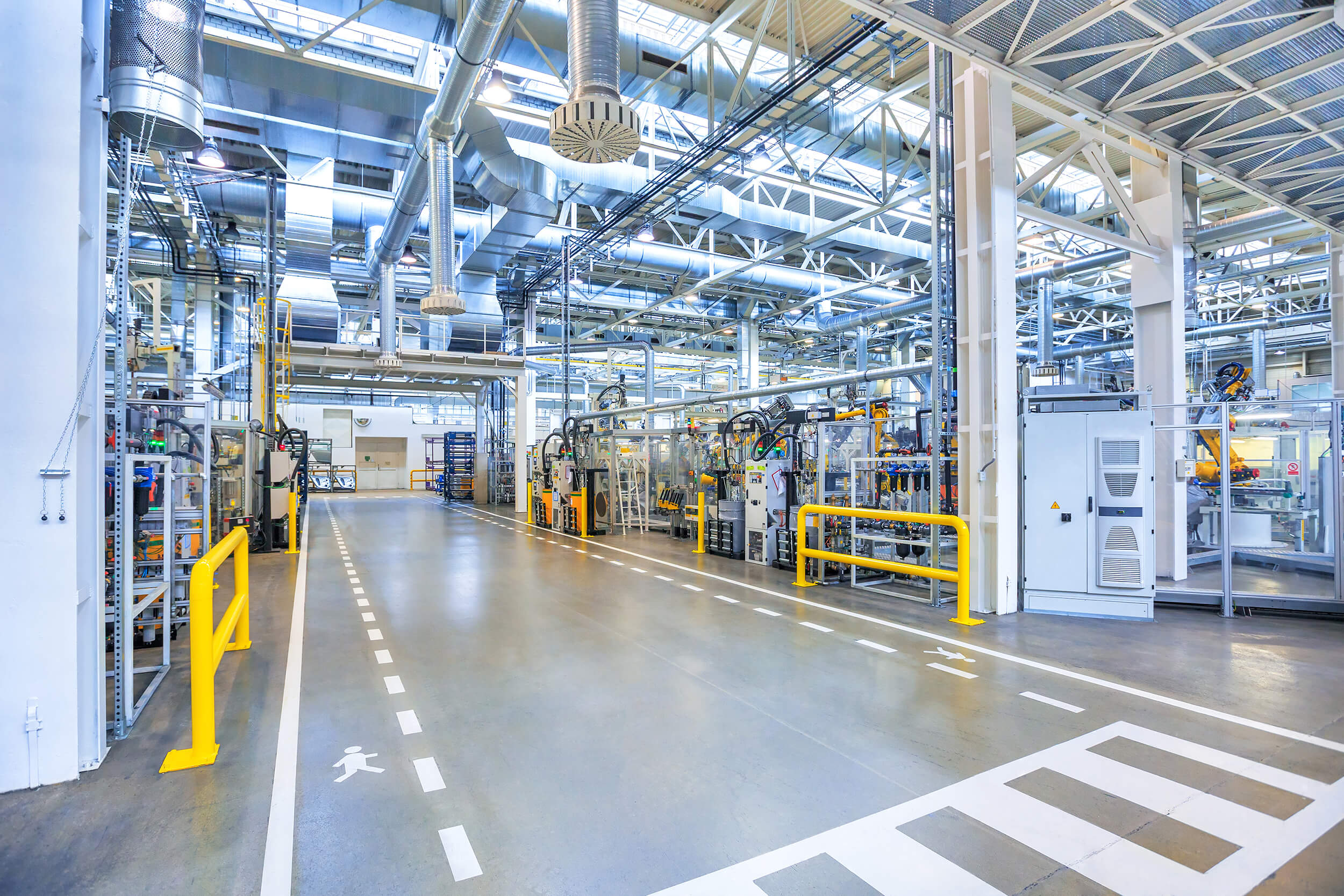Contact: Ben Somberg, 202-658-8129, bsomberg@aceee.org

Washington, DC—A Department of Energy (DOE) proposal today to strengthen efficiency standards for room air conditioners would reduce households’ overall costs while cutting greenhouse gas emissions. The air conditioner plan and a separate one today for pool heaters are the first new efficiency standards for appliances or equipment that DOE has developed and proposed during the Biden administration.
“Ensuring new air conditioners use up-to-date technology will help reduce utility bills and cut greenhouse gas emissions from power plants,” said Andrew deLaski, executive director of the Appliance Standards Awareness Project. “It’s an important step, but fourteen months into the administration we need to see a little more urgency getting these done. The department still needs to finish undoing procedural hurdles set by the previous administration, finalize new light bulb standards, and propose standards for dozens of other products.”
The proposed air conditioner standard would ensure that larger units use variable-speed compressor technology, which significantly improves efficiency. Smaller units would also see a significant bump in efficiency. If finalized, the standard would reduce energy use by about 20%–35% for the most common units, according to DOE, and significantly reduce overall costs for those who purchase and use the units.
DOE last updated standards for room air conditioners in 2011. By law, the department was required to propose a new standard (or determine that no update was appropriate) by 2017. The White House reviewed DOE’s air conditioner proposal for four months and the pool heater proposal for nearly six months.
###
The Appliance Standards Awareness Project (ASAP) organizes and leads a broad-based coalition effort that works to advance, win and defend new appliance, equipment and lighting standards which deliver large energy and water savings, monetary savings and environmental benefits.




